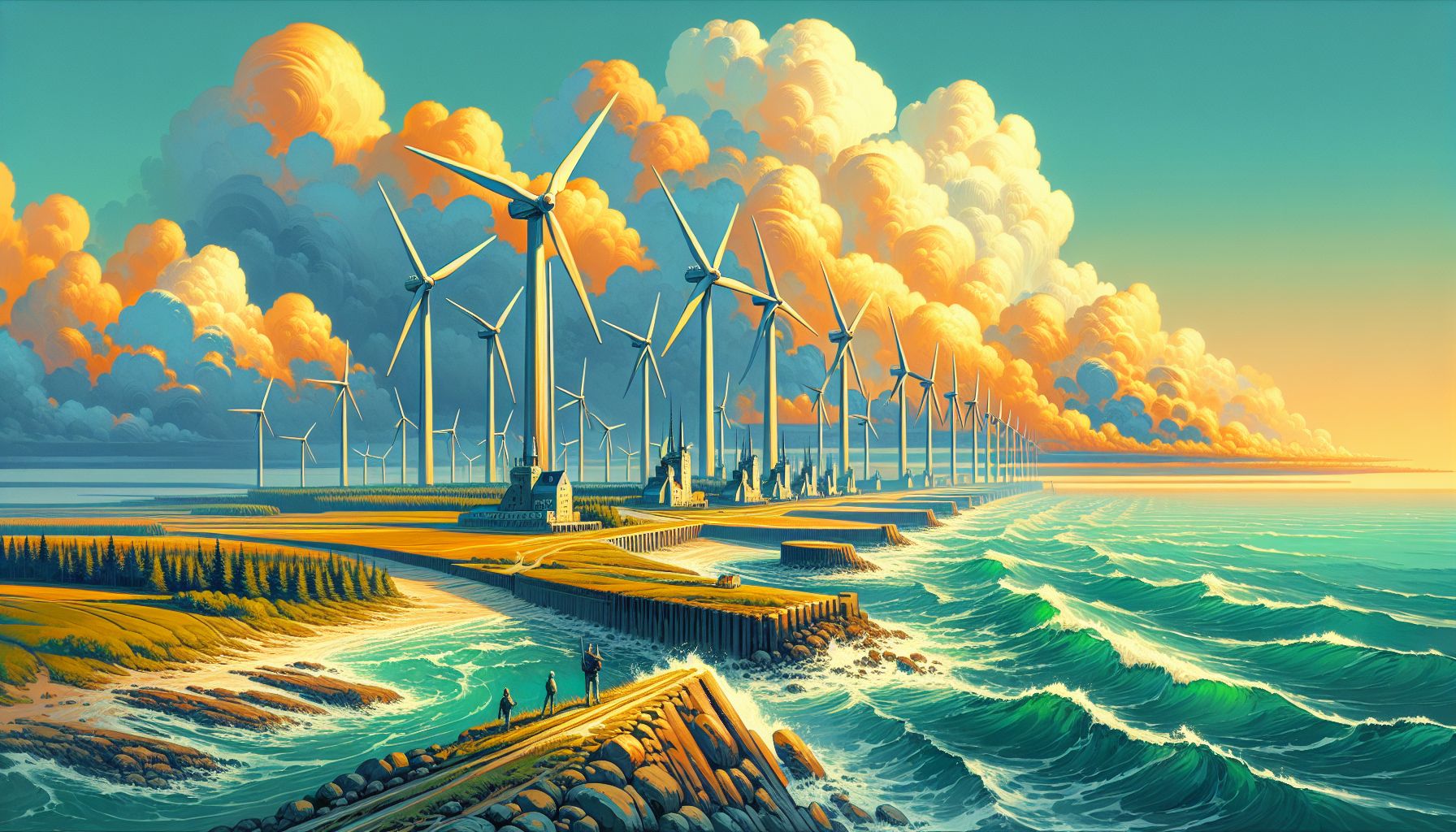Netherlands to Achieve 70 GW Offshore Wind Capacity by 2050

The Hague, Thursday, 6 February 2025.
The Netherlands plans to dramatically increase its offshore wind capacity to 70 GW by 2050, underscoring its commitment to renewable energy and global sustainability goals.
Current Progress and Near-Term Goals
As of early 2025, the Netherlands has established 4.5 GW of offshore wind capacity [3], marking the beginning of an ambitious journey toward energy independence. The nation has set progressive milestones, aiming to achieve 21 GW by 2032 [3], with projections indicating that offshore wind will account for 75% of the country’s electricity production by that same year [3]. The commitment remains steadfast despite recent cabinet changes, as confirmed by Jan Vos, Chairman of NedZero, on February 6, 2025 [3].
Collaborative North Sea Initiatives
The Dutch ambitions are part of a broader North Sea alliance, where nine European countries have jointly committed to producing at least 300 gigawatts of offshore wind energy by 2050 [2]. To support this expansion, innovative projects are already underway, such as the collaboration between Belgian startup Go Ocean, Ørsted, and Ocean Health, launched on February 3, 2025, focusing on oyster restoration in the North Sea [1]. This project exemplifies how wind energy development can coexist with marine ecosystem preservation.
Infrastructure and Innovation
The transition to large-scale wind energy production requires significant infrastructure development. TKI Offshore Energy, based in Utrecht, is facilitating cooperation between companies, research institutions, and government bodies to drive innovation in the sector [4]. A key focus area is the multi-use of offshore wind farms, with experts like Paul Van Der Wielen from the Ministry of Infrastructure and Water Management exploring opportunities ranging from food production to nature restoration [4]. The development also includes innovative energy storage solutions, which are crucial for managing the increased capacity [7].
Economic and Environmental Impact
The shift towards offshore wind energy represents a significant transformation in the Netherlands’ energy landscape, particularly given its historical reliance on fossil fuels. Currently, the country’s energy mix includes 41% oil and 36% gas [7]. This transition is expected to play a crucial role in achieving the nation’s goal of net-zero carbon emissions by 2050 [7]. According to Jan Vos, offshore wind has emerged as ‘the cheapest source of electricity’ for the Netherlands [3], suggesting a strong economic rationale alongside environmental benefits.
Bronnen
- windenergie-nieuws.nl
- www.euractiv.com
- www.offshorewind.biz
- www.linkedin.com
- www.iea.org
- www.mfat.govt.nz

